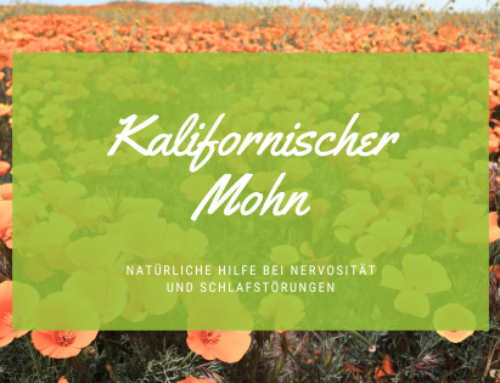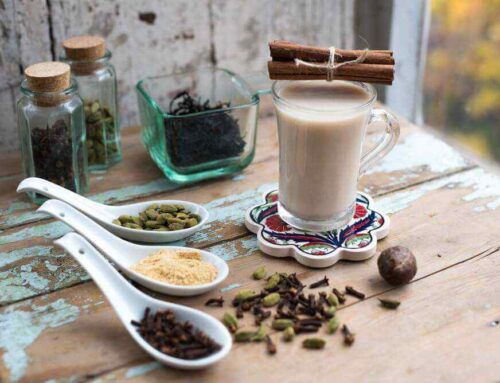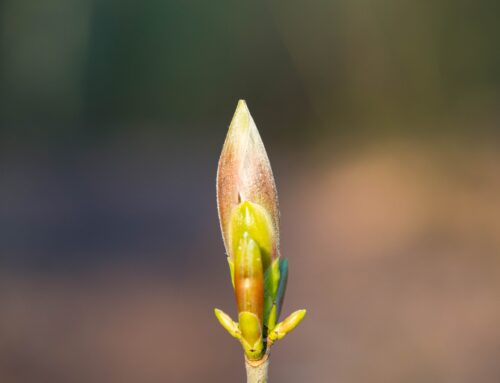For thousands of years, especially in traditional Chinese medicine, vital mushrooms have been successfully used for the prevention and treatment of various diseases and symptoms. And for good reason, because the mushrooms are full to the brim with valuable biovital substances.
Due to the wide range of applications and the positive effect, it is no wonder that the vital mushrooms (also called medicinal mushrooms or medicinal mushrooms) are also becoming increasingly popular in Europe. In this blog article we would like to introduce you to a few of the best known and most popular vital mushrooms and give some general information about their mode of action and application.
What are the positive properties of vital mushrooms?
Since the 1990s, the health-related use of vital mushrooms is called mycotherapy. The reason for the many positive properties is the interaction of rich micronutrients such as minerals, amino acids, vitamins and enzymes, as well as the active ingredients with health-relevant properties dependent on the respective fungus. These are often specific polysaccharides with immunomodulating, anti-inflammatory and antioxidant properties. Another plus point of vital mushrooms is that consumption of the mushrooms or mushroom extracts is virtually free of side effects.
Vital mushrooms are valued primarily for their anti-inflammatory, cytostatic and antioxidant properties. The essence of this is that the vital mushrooms help the immune system to heal itself. Especially in the reduction of free radicals and oxidative stress, allergies and accompanying cancer therapies, vital mushrooms are increasingly used successfully in Europe. Also with chronic complaints and autoimmune diseases, the intake of vital mushrooms over a longer period is often recommended.
What are the most important vital mushrooms?
The list of vital mushrooms is long, with the following specimens in particular enjoying great popularity:
- Cordyceps sinensis (Chinese caterpillar fungus).
- Reishi (shiny patent fungus)
- Hericium erinaceus (hedgehog spiny beard)
- Agaricus blazei murrill (almond mushroom, sun mushroom)
- Auricularia (Judas ear, Chinese morel, Mu-Err)
- Coriolus versicolor (butterfly oyster mushroom, butterfly spore mushroom)
- Polyporus umbellatus (oak hare)
- Maitake (rattling sponge, foliage spore)
- Pleurotus (oyster mushroom, side mushroom)
- Chaga (slanting schillerporling)
Extract or powder?
Vital mushrooms are usually applied as powder loose, pressed into tablets or as mushroom extract, usually in the form of capsules. The powder is made from dried mushrooms by crushing and contains all the ingredients of the particular mushroom.
Extracts are obtained from the mushroom powder with the help of a solvent, such as water or alcohol. They are about 20 times more concentrated than the powder and their effect on the immune system is correspondingly stronger.
However, extracts contain only the soluble components of medicinal mushrooms. These include a wealth of active ingredients, especially the highly active polysaccharides. Nevertheless, this is not the entire mushroom as it is provided by nature. Extracts tend to be used very selectively for serious illnesses. Mushroom powder, on the other hand, is somewhat more difficult for the body to absorb, as the cell walls must first be “cracked”.
We hope that this article has given you a first insight into the topic of vital mushrooms. If you have any questions about the effect, application or dosage of the vital mushrooms, we will be happy to advise you. Feel free to contact us in our store or leave us a message here on the blog, by mail or via the known social media platforms. We look forward to meeting you.






Leave A Comment